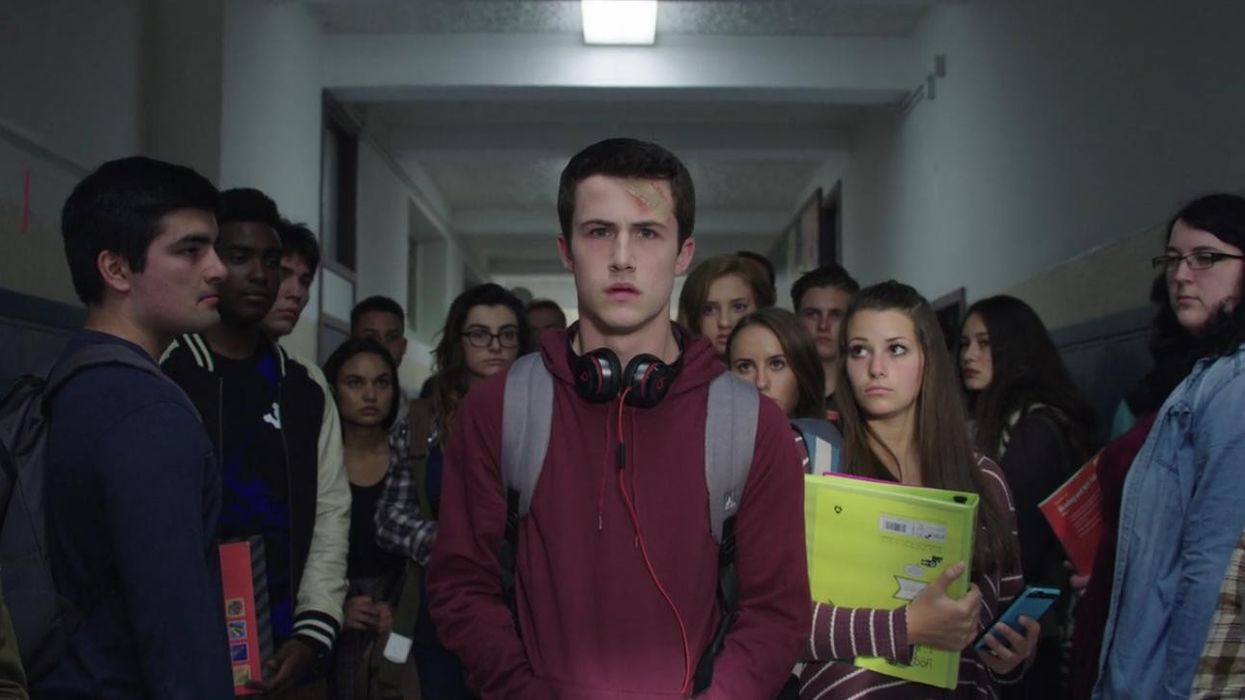Watch: 30 Creative Transitions Used in '13 Reasons Why'
A simple cut might be enough to go from shot to shot or scene to scene, but getting creative with your transitions can pay big storytelling dividends in the end.

The Netflix Original show 13 Reasons Why has garnered largely positive reviews from both critics and viewers alike despite having sparked some controversy surrounding its alleged "glorified" message on suicide. Though it's critical to have an open dialogue about the way these stories are told narratively, namely issues related to content and its effect on viewers, it's also important to critique and examine the way these stories are told cinematically. In this video essay by Zackery Ramos-Taylor, we get to see the many ways creator Brian Yorkey, as well as the show's directors, DPs, and editors have used creative editing transitions to tell a more dynamic story.
As you can see in the video, there are many intriguing techniques used in the editing of 13 Reasons Why, including match cuts and eyeline and graphic matches. These kinds of transitions do a lot of different things for both the narrative and the visual components of the show. The obvious benefit is that they make watching a lot more engaging and fun, but they also blur the lines between cuts to create a more fluid, continuous visual experience.
This is especially true for graphic matches and creative match on action edits, and 13 Reasons Why uses plenty of them. However, given the fact that the show frequently jumps between the past and present, it's fair to assume these transitions are also used to guide audiences through the non-linear storyline.
If you want to use more creative cuts in your own work, the first step is educating yourself on what kinds of edits are out there and then learning what they communicate to a viewer. One fantastic resource is, of course, other films and TV shows. Stranger Things takes a similar approach as 13 Reasons Why in terms of cuts and transitions, so it'd be a great starting point if you want to learn more.
Source: Zackery Ramos-Taylor










![Ethos, Pathos, Logos: 20 Effective Ways to Advertise [Infographic]](https://nofilmschool.com/media-library/ethos-pathos-logos-20-effective-ways-to-advertise-infographic.jpg?id=34064614&width=600&height=600&quality=90&coordinates=560%2C0%2C0%2C0)

